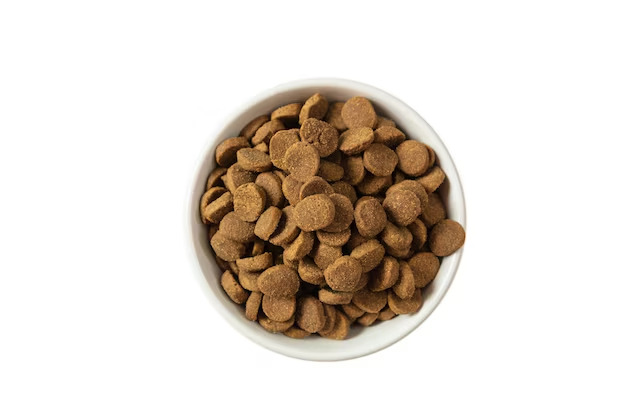Can You Purchase Pet Food with SNAP Benefits? Here's What You Need to Know
In today's challenging economic climate, balancing a family budget sometimes means making tough choices. If you're a pet owner relying on government assistance like the Supplemental Nutrition Assistance Program (SNAP), you might wonder if you can use these benefits to cover your furry friend's dietary needs. Unfortunately, SNAP benefits cannot be used to buy pet food. SNAP, commonly referred to as food stamps, is designed to help low-income individuals and families purchase food items meant for human consumption.
While this limitation can indeed be a hurdle, it's essential to recognize that SNAP focuses on providing adequate nutrition to individuals and families in need. With this knowledge, pet owners might need to seek alternative solutions and support systems to help care for their pets without compromising their financial health.
Exploring Government and Community Resources
Although you can't use SNAP benefits for pet food, there are various resources available that can help you manage the cost of caring for your pet:
Pet Food Banks and Shelters
Many communities have pet food banks or animal shelters that offer free pet food to those in need. By reaching out to local organizations, you can often find support specifically dedicated to ensuring pets remain healthy and with their families.
Nonprofit Organizations
Nonprofits dedicated to animal welfare often run programs to assist pet owners. Organizations such as the Humane Society and other local charities may provide temporary help with food or veterinary expenses.
Local Initiatives
Some municipalities have initiatives that specifically cater to pet food assistance. Contact your local food bank or animal shelter to see if such a program exists in your area.
Financial Health Beyond Pet Care
Navigating financial constraints is a multi-faceted challenge that extends beyond pet care. Here are ways you might enhance your financial stability, allowing you to better support both your family and your pets:
Government Aid Programs
Explore other government aid programs that may provide financial relief or benefits that can indirectly allow you to free up budget for pet essentials. Programs like WIC (Women, Infants, and Children) or housing assistance can offer support that eases broader financial burdens.
Debt Relief Options
If debt is a significant concern, looking into debt relief solutions can be life-changing. Whether it's consolidating debt, renegotiating payment terms, or seeking professional guidance, tackling debt effectively can open up more financial bandwidth for all your expenses—including pet care.
Credit Card Solutions
Consider a low-interest or pet-friendly credit card option that might offer benefits like cashback on necessary purchases or manageable credit terms for managing day-to-day expenses.
Educational Grants and Training Programs
Pursuing educational grants or attending skill-enhancing workshops might enhance job opportunities or earning potential, leading to broader financial stability. This can create more freedom in your budget to comfortably care for your pets and other household needs.
Budgeting Tips
Implementing effective budgeting strategies can also make a difference in how far your money goes. Keeping a detailed account of all your spending, setting aside emergency savings, and cutting unnecessary expenses can help allocate more funds to the care of your pets.
To better manage finances without the stress of prioritizing essential human needs over pet care, being well-informed about available resources is crucial.
⏰ Financial Resources and Solutions to Consider:
- 🌟 Pet Food Banks/Shelters: Contact local shelters for pet food funding.
- 🌟 Nonprofits: Engage with animal welfare organizations for support.
- 🌟 Municipal Initiatives: Look into local government aid programs.
- 📊 Debt Relief Options: Explore debt consolidation or financial counseling.
- 💳 Credit Card Solutions: Use pet-friendly credit cards for flexible spending.
- 🎓 Educational Opportunities: Seek grants for career growth prospects.
- 📋 Budgeting Advice: Prioritize savings and distinguish between needs and wants.
Remember, taking the time to explore these avenues can result in a more manageable and financially stable household, ensuring both you and your pets are well taken care of.

- Is Ebt Food Stamps
- Is Ebt And Food Stamps The Same
- What Is Ebt Food Stamps
- Where To Get Food Stamps
- Where Do You Go To Apply For Food Stamps
- Where Can i Use Food Stamps
- Where Can i Go To Apply For Food Stamps
- Where Can i Apply For Food Stamps
- When Do i Get My Food Stamps Each Month
- When Do Food Stamps Hit Your Card